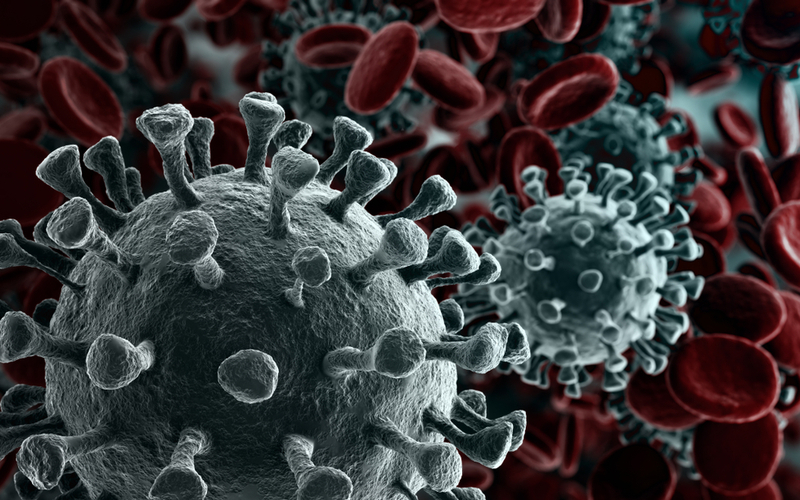In grocery stores worldwide, shoppers are finding empty shelves where hand sanitiser, toilet paper, and canned goods used to be.
Specific fears related to COVID-19, as well as the extent of the outbreak, are heavily influencing purchasing decisions.
A recent Nielsen report identifies six consumer behaviour thresholds that are directly tied to how far the virus has progressed in a given society. These thresholds have identifiable patterns that can be observed across various markets around the world.
What to look out for
Threshold 1 – Proactive health-minded buying: At this stage, there are few recorded cases of COVID-19 in the country. Only minor changes in spending patterns are seen, but there is an uptick in the purchase of general health and wellness products. As the Nielsen report notes, many countries are already well beyond this first threshold.
Threshold 2 – Reactive health management: As the country sees a rise in confirmed cases and its first coronavirus-related deaths, consumers begin buying up infection prevention products; face masks, wet wipes, and hand sanitisers start flying off the shelves.
Threshold 3 – Pantry preparation: When infection rates start to spike, and lockdowns and quarantines enter the public conversation, consumers start panic-buying and stockpiling. Health-safety products continue to be in high demand and there is a huge increase in the sale of non-perishable goods. In the United States, for example, powdered milk sales in the last week of February were 85% higher than during the same timeframe in 2019.
Threshold 4 – Quarantined living preparation: As supply chains become strained, consumers start to see shortages of high-demand products. People limit their visits to stores, and online shopping rates begin to rise dramatically. Many countries have not yet reached this stage, and it will prove to be a major test of their online shopping infrastructures.
Threshold 5 – Restricted living: Enforced quarantines and lockdowns heavily restrict shopping at brick and mortar stores. Even online sources start to see shortages. Nielsen predicts that prices for high-demand packaged goods will spike at this stage.
Threshold 6 – Living a new normal: As of yet, only certain regions of China have reached this stage. People are going back to their usual daily lives, but with a heightened sense of caution. These regions are seeing permanent changes to supply chains, hygiene precautions, and online shopping.
Opportunities in the new normal
While this is an extremely challenging time for individuals, society and the private sector alike, businesses that plan correctly can indeed have a positive impact on people’s lives.
Online shoppers will be looking for specific products to fulfil their needs based on the threshold their society finds itself in. Anything that clutters the purchase process will give them a negative impression of the vendor. Yet if companies can offer streamlined online experiences that are sensitive to consumer needs, this success will earn them loyal customers who will continue to think well of them when things return to normal.
Significant marketing opportunities will present themselves as well. In China, retailers are changing the way they arrange products on their shelves to reflect newfound consumer demands. They are also taking to social media and launching promotional campaigns to win over new customers. Many retailers at the epicentre of the outbreak were devastated, while others were able to adapt to the new reality – and are now in a strong position to succeed for years to come.
Companies based in countries that are currently experiencing the lower thresholds would do well to learn from the trends now playing out in China. Hiring savvy marketers and tech experts can help your business stay afloat during the crisis, letting you prosper when the worst of the virus passes and a new normal takes hold.
If you need help finding the right candidates in these difficult times, contact us to see what’s possible.










